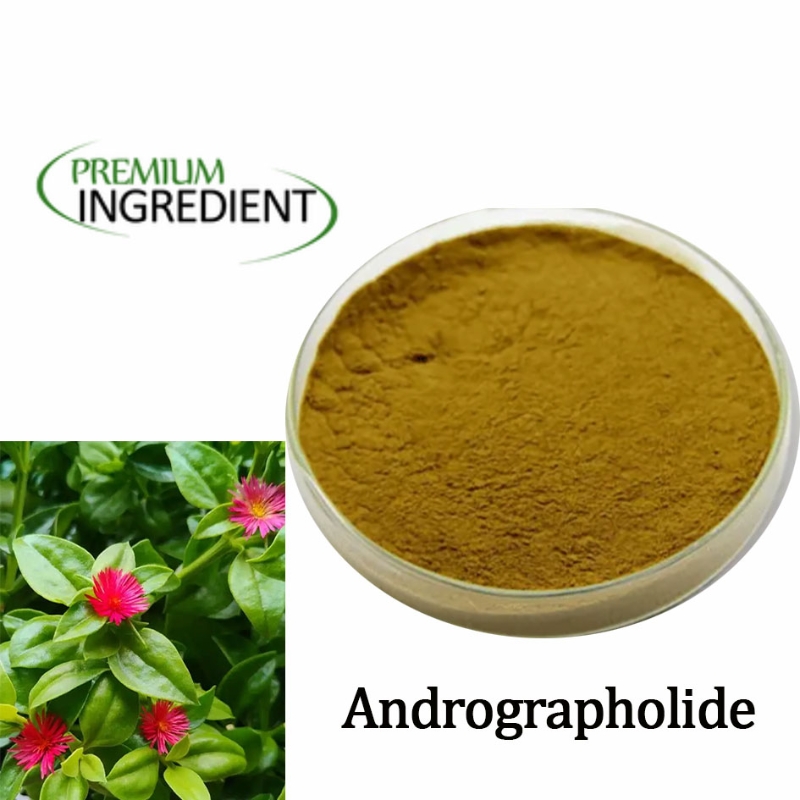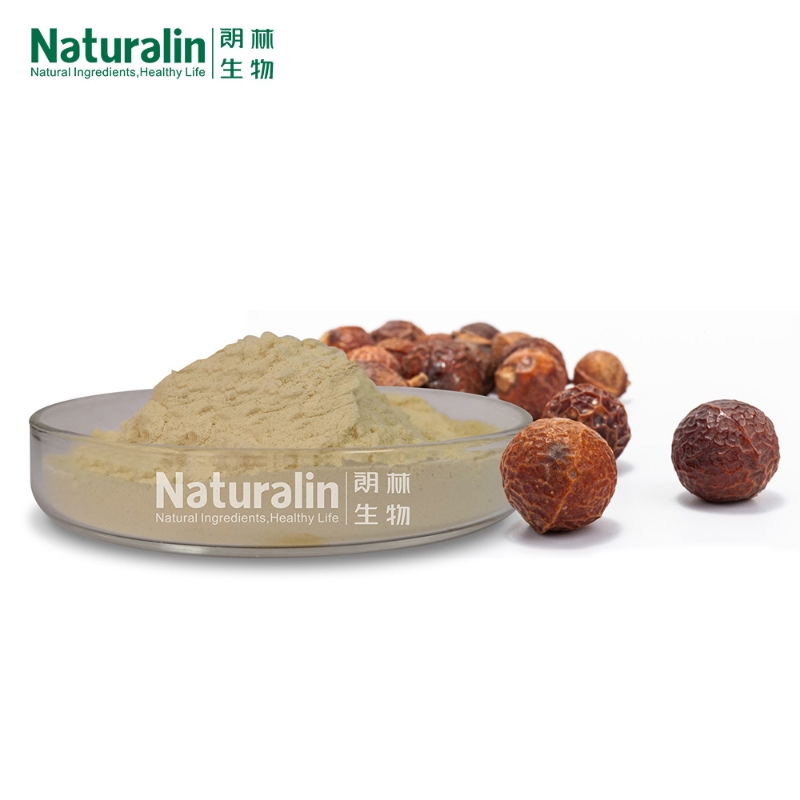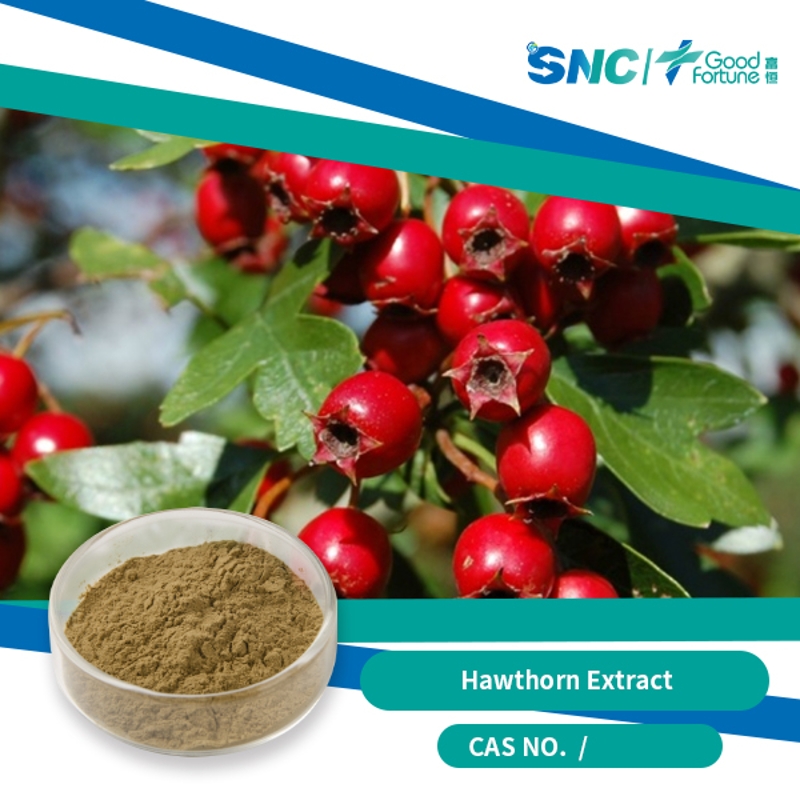-
Categories
-
Pharmaceutical Intermediates
-
Active Pharmaceutical Ingredients
-
Food Additives
- Industrial Coatings
- Agrochemicals
- Dyes and Pigments
- Surfactant
- Flavors and Fragrances
- Chemical Reagents
- Catalyst and Auxiliary
- Natural Products
- Inorganic Chemistry
-
Organic Chemistry
-
Biochemical Engineering
- Analytical Chemistry
-
Cosmetic Ingredient
- Water Treatment Chemical
-
Pharmaceutical Intermediates
Promotion
ECHEMI Mall
Wholesale
Weekly Price
Exhibition
News
-
Trade Service
The development of genetically engineered resistance to plant viruses is a result of efforts to understand the plant-virus interactions involved in “crossprotection,” a phenomenon observed with several plant virus diseases. Historically, expression of the coat protein gene of
Tobacco mosaic virus
in transgenic tobacco (
Nicotiana tabacum
) plants is the first example of transgene-mediated resistance to a plant virus. Subsequently, virus-derived sequences of several plant viruses were shown to confer virus resistance in experimental and/or natural hosts. For plant RNA viruses, virus complementary
DNA
sequences shown to confer resistance include wild-type genes, mutated genes that produced truncated protein products, and nontranslatable sense or antisense transcripts to various regions of the virus genome. Resistance also has been demonstrated for some viruses by mutant trans-dominant gene products, derived from the movement protein and replication-associated protein genes. In addition to virus-derived sequences, gene sequences of plant origin have also been used for transgenic resistance, and such resistance can be virus-specific, for instance,
R
genes isolated from resistant plant genotypes, or nonspecific, for example, ribosome inactivating proteins and proteinase inhibitors. Plantibodies and 2–5A synthetase, a class of proteins of mammalian origin, have also been useful in engineering plant virus resistance. In the case of transgenic resistance mediated by viral coat protein, the mechanism of resistance was suggested to operate during the early events of virus infection. However, transgene-mediated RNA silencing and generation of small interfering RNAs appears to be the primary mechanism that confers resistance to plant viruses. Despite the advantages of transgene-mediated resistance, current interest in the development and use of transgenic virus resistant plants is low in most parts of the world. However, because of its real potential, we believe that this technology will have more widespread and renewed interest in the near future.







